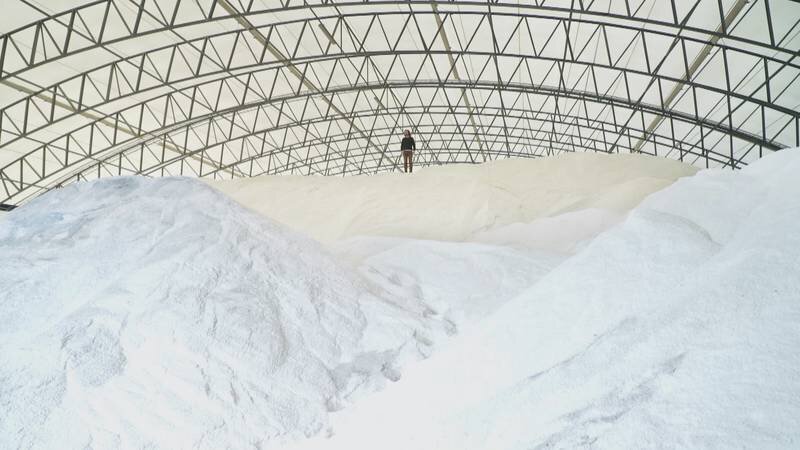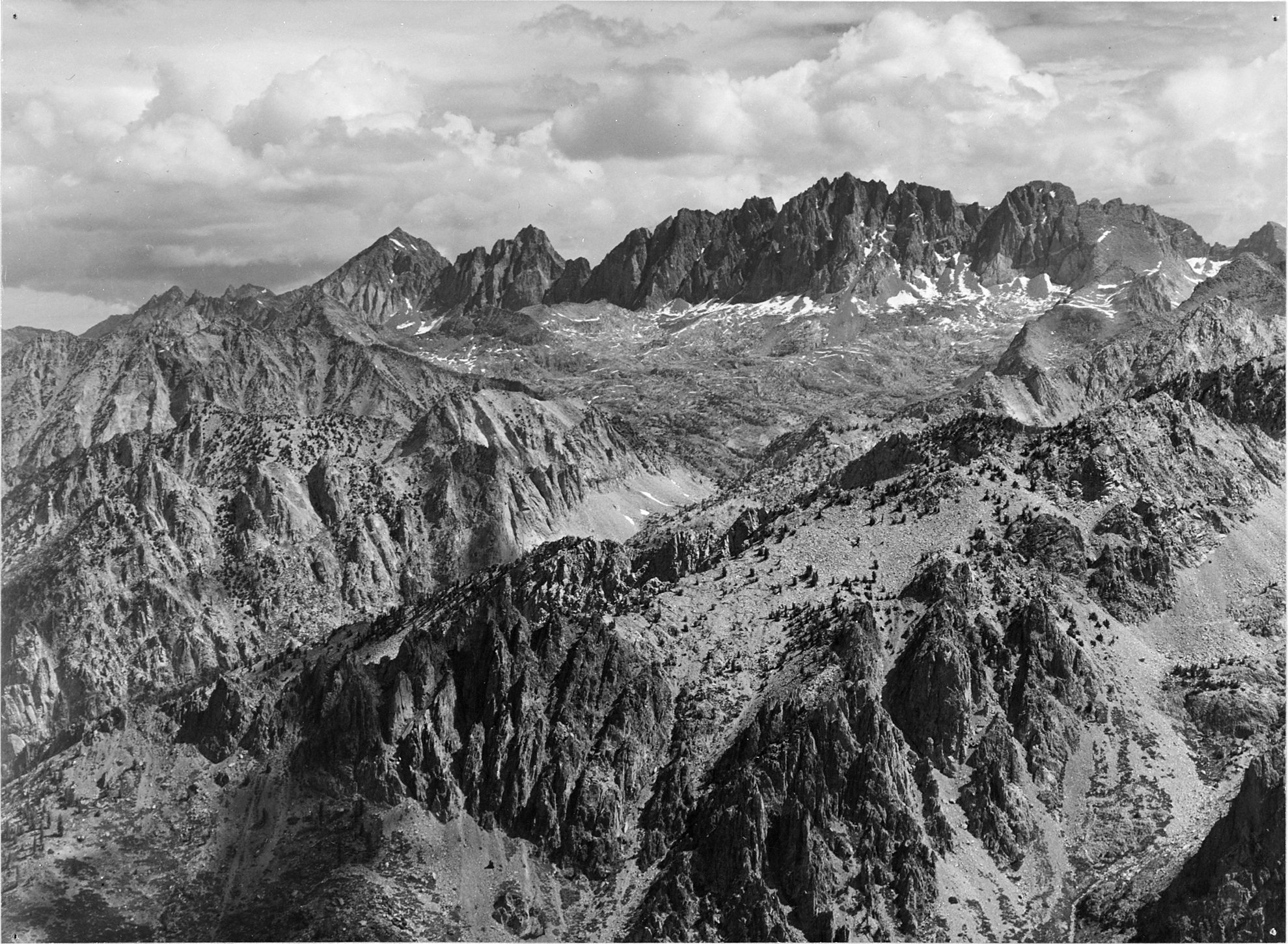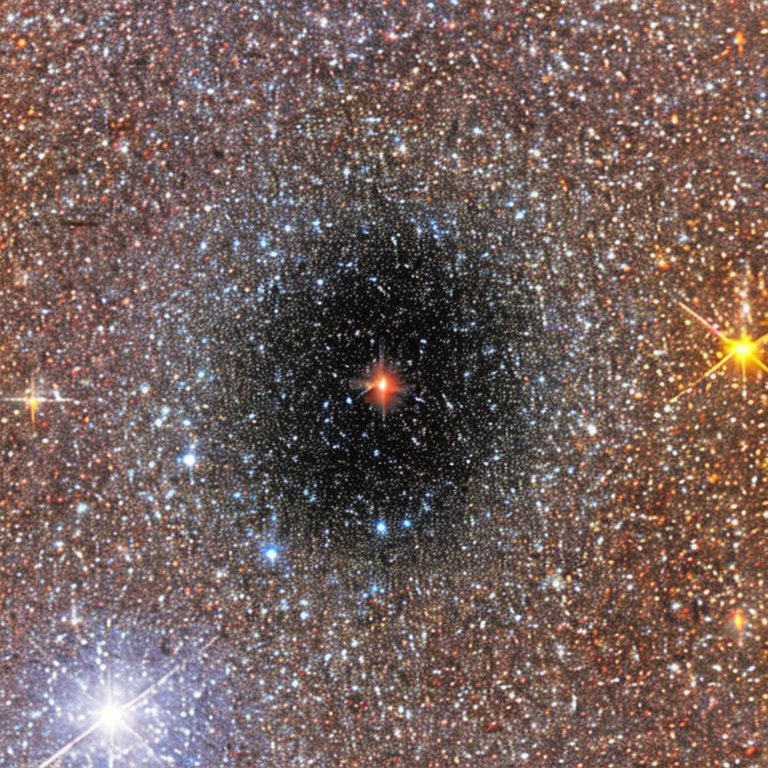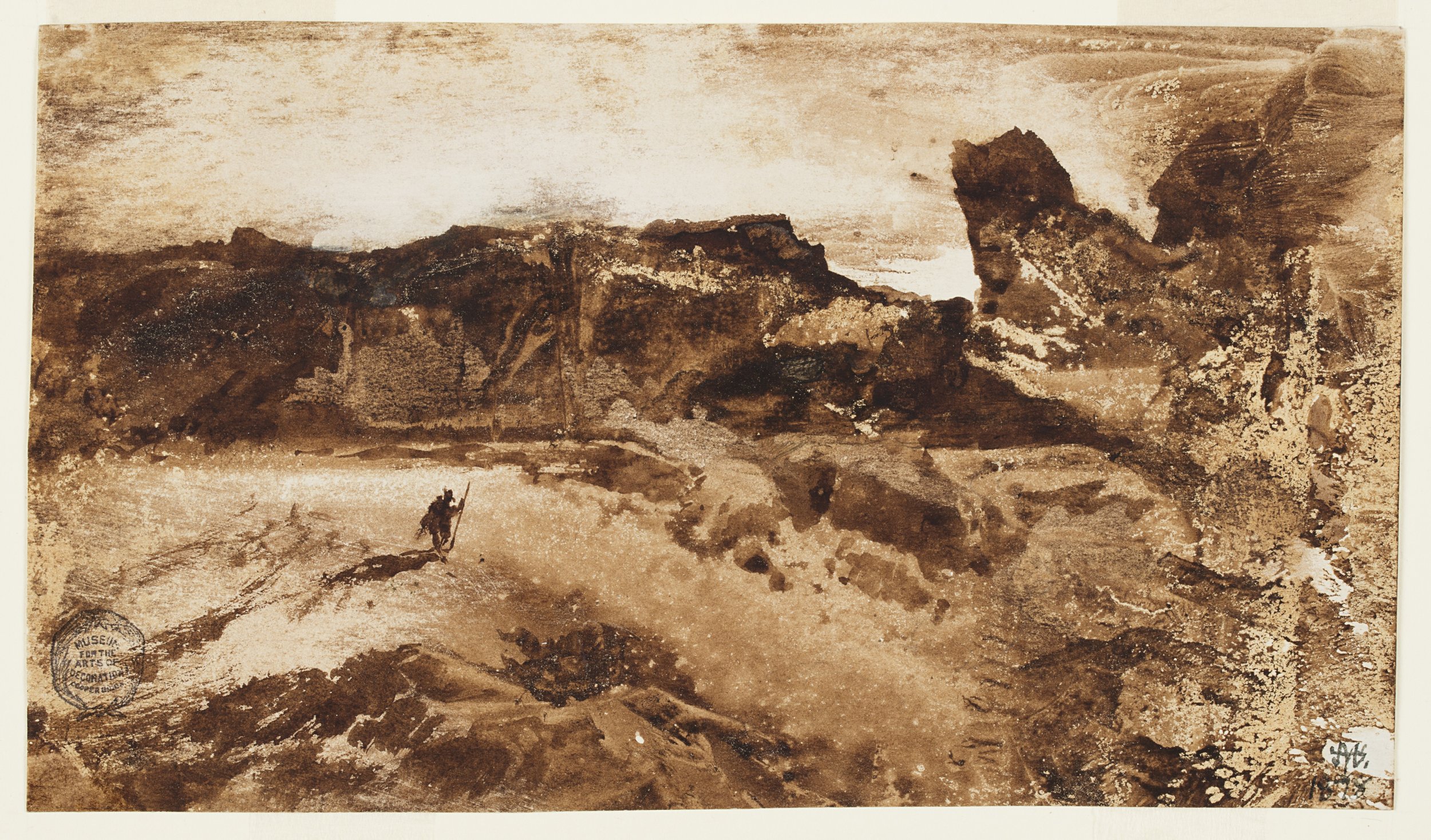Psychogeology
/I always imagined the ice sheet as a 3’000 metre thick stiff layer of endless white. Slowly moving southwards and then receding circa 10’000 years ago grinding down the bedrock on its way. The landscape of my childhood, Bohuslän, was created from this strange phenomena. My mother pointed at striations in a granite cliff and my father at the steep lee side of another. “This is where the ice went.” I could not understand it. How did the ice create the landscape?
My ignorance came from direct experiences with ice. It was always a rigid material. Endlessly fun to break and crack on the small pools above our house. Mysterious and beautiful when we skated on it, singing it’s alluring tunes as the water moved below and the metal skates on top of it. A few winters in my childhood we could go on the sea ice, which due to the salt water needs lower temperatures, and not just lakes further inland. It was the strangest thing. And dangerous. Once, hanging behind one of the parents by a rope we almost crashed into the ice cold water. He suddenly turned around at speed when the open water became obvious a dozen metres ahead. If we had slowed down we would have ended up in the water. An intense experience of the natural world if I ever had one.
Ice is rigid, with sharp edges, and when thick – a few centimetres when skating or a few kilometres when forming an ice age sheet – it is still brittle. It cannot hold up. What moved above the ground during the last glaciation was not an ice sheet as in a plank or strong plaid. I had imagined rivers forming the granite. Huge, dark ones filled of ice, rocks and sand, that hurled underneath the ice and carved the strange features of the landscape. But I misunderstood. There was water flowing, but more importantly it was the ice itself that was rivers. Endless rivers of crushed ice, shifting between rigidity and fluidity.
(Adams 1936) “North Palisade from Windy Point”
Kim Stanley Robinson describes this phenomena in some detail in The High Sierra: A Love Story (2022). His mountain range is California’s Sierra Nevada, the end result of the Farallon Plate subducting under North America 120 million years ago. Sierra Nevada as it is today is the result of the latest ice age grinding down that huge batholith of slowly cooled granite, over 700 km long and 90 km wide. Robinson tells us of the creation, transformation and history of the Sierra Nevada mountain range, both on geological and human, historical, timescales. He walks, himself literally and in the mind with his predecessors, among Sierra ramblers throughout the basins of a landscape too large to encompass during a lifetime, yet still human friendly enough in its affordances to suit weekend hikers. The book contains everything from gear suggestions, literature reviews, and meditations on mountains, writing life, and friendship. But his main contribution is a concept: psychogeology, which he defines as "the effects of geology on the mind". (Not psychogeography, the situationist exploration of urban environments, although the juxtaposition of these two could be an interesting experiment.) He then expands this concept through a range of different experiences, reflections and readings of both landscape and literature.
Robinson recounts several of these psychogeological states of mind with examples from his Sierra trips. The experience of the ridges and being inside or outside the mountain range – amounting to a psychic boundary only existing while there physically and not visible in neither maps nor photos. The unfamiliar experience of altitude, with thinner, clearer and cooler air, with the sun warming and the shade being cold. And the stranger aspects such as the sky being a darker shade of blue, clouds hanging lower, sometimes letting you end up in them, turning them into fogs and mists. When the nights are cloudless, the stars shine brighter and clearer. The concrete experience forming the basis of the metaphor of feeling high, high up among the mountains, high in your soul, or as he admits: getting high on chemical drugs while hiking. And foreshortening, where slopes in the distance looks much steeper than they are while other features of different heights look similar. We are fooled by our senses, but more sensing is the only way to experience the physical world, which is one of the arguments for lysergic acid diethylamide on your tongue when setting off on a trail.
Being human – a psychological being in landscapes, especially mountainous ones – is a recurring theme in Robinson’s work. He himself points out that many of his novels are about geology, often directly based on his experiences in the Sierras or other mountain ranges. His first novels where a trilogy of California, all with geological titles: The Wild Shore (1984), The Gold Coast (1988), Pacific Edge (1990).
It has been jokingly suggested that all of Robinson’s books are parts of a continuous metaverse. This is not really the case, even if several of his novels and short stories are connected and reuse settings or even characters. Like the nomadic video blogger, geomancer and Feng Shui practitioner Ta Shu, who travels the world relaying to his followers experiences of the landscape of both Antarctica and the Moon. A psychogeologist if there ever was one.
The glaciers which created ranges like the Sierra is a central theme in his Shaman: A Novel of the Ice Age (2013), set 32’000 years ago in a Europe half engulfed by ice. People living on the edge of the ice sheet, relying on its favourable but often harsh conditions for sustenance on bountiful fauna. The main character in his training as a shaman goes into the mountain side itself and experiences our oldest human psychogeological traces, cave paintings. In the novel he creates such paintings as well as travels on mystical journeys aided by the cave walls around him. The glacier sustains his life world, the caves afford his mind transcendence.
In more classical science fiction settings, Robinson's novels always seem to engage with the geological in a direct way. In New York 2140 (2017), Manhattan has earned the nickname “SuperVenice” due to the 50 feet sea level rise brought on by climate change. The cast of the book is connected through one of those man-made mountains, the Met Life Tower, which in the novel is protected from the onrushing sea water by diamond spray in the underwater levels, keeping the pressure out. The book is filled with intrigue but also vivid descriptions of experiences of watery landscapes, mostly artificial, rewilded or that strange inbetween. In another novel named after a year, 2312 (2012), a city features as a main character, but far from any water source. The moving city Terminator circles the planet Mercury on giant tracks, gracing the thin verge between the ice-cold and the immensely hot sun-baked side. Terminator is not a freely roaming city, it is moving only to survive. Humanity has spread among the planets but just as on earth always needing to adapt to the unforgiving aspects of geology.
In his most famous work, the Mars trilogy, we are told an epic of terraforming. An optimistic, perhaps utopian project (although different factions in the book take radically opposed views on that). From the barren Red Mars where settlers arrive from Earth, through the stage where plants show up in the second instalment Green Mars and the finale Blue Mars where lakes and rivers begin to form on the surface. The whole series depicts the change of a planet on a geological level through the psychogeological experiences of the characters – walking, surveying, digging, building, seeding and living. It might be worth noting that the three books which were published between 1992 and 1996, are set to start in a fictional 2026. The similarities with the actual decade we are living through are mostly superficial but partly very real. Elon Musk might plan to soon go to Mars, settle and terraform. He likely will not. But what is more likely to happen is the catastrophe in the final book, where the Antarctic ice cap melts leading to extreme floods on Earth.
Somewhere in between these two scenarios is geoengineering, which on Mars through artistic licence can make a planet habitable for humans, but in our reality is a last desperate hope to make our own planet remain habitable for us. Robinson’s latest novel, The Ministry for the Future published 2020, offers a sort of pragmatic utopianism which contains mass death, geoengineering, climate terrorism and UN bodies allied with central bankers. The characters experience their adventures among the Swiss Alps as well as on, once again, Antarctica (also the title and topic of another psychogeological mountaineering adventure novel in his oeuvre, Antarctica (1997)). The desperate attempts at technological solutions, like ocean water pumped on top of the Antarctic ice cap to artificially refill the quickened flow of the mighty glaciers. No one knows if it will work, but what alternatives are there? We will end up being forced to geoengineer and terraform or our own planet long before we can attempt it somewhere else in the solar system.
I cannot help but wonder: is anything about us not about the planet we live on? Especially in science fiction the presence of the planetary, and therefore geological, lives of us as a species is ever present. Of course the stories can be about other things as well. But we are always literally grounded, living on the bedrock, moraine, silt or humus below us, all the result of tectonics, volcanic activity, erosion and countless other large and small processes that has produced our world on literally geological timescales. In this sense, psychogeology is not only, as Robinson shows us, an important feature of the experience of a life lived camping in the Sierras, or many other mountainous regions. It is the fundamental dimension of being a planetary species, wherever we live, at sea level or in the Himalayas. So we, as every other species we know of, are a geological species. We live on earth, on Earth.
In a fundamental way, Robinson’s whole oeuvre attests to our psychogeological human condition. That we every day wake up on a specific point on the Earth’s crust and that all our experiences, challenges, and opportunities are directly and ultimately dependent on that fact. We are situated in a specific geographical location and with a psychogeological perspective whether we are aware of it or not.
But we have today become not only a species living in a geology, but organisms that work as an actual geological force. Even though we might not change the movements of the tectonic plates (but who knows what we will do?) our release of carbon dioxide on a massive scale has changed the climate rapidly and led to global warming. For humans geological forces are psychological and our psyches are geological. Our entire existence cannot escape geology, but our psyches has also become geological forces, directing bodies, hands and machines to reshape the land, sea and air. First in a secondary fashion, as an effect of other activities like hunting, farming or just settling. But over time as a primary activity in itself, through earthworks, roads, and cities. The effects on oceans and the air itself was unknown for long, our pollution either disregarded or not understood. But today we know that we knowingly change our entire climate and are destroying the remaining glaciers that have shaped much of our physical world. Inadvertent psychogeology requiring conscious geological action on a planetary scale. Our inventiveness and creativity, a psychological trait which we share with other animals, but which have flourished or gone haywire depending on your perspective have also made us a planet changing species. Our psychogeological and planetary state of being has turned on itself with enormous consequences, not least for ourselves. We experience the effects of our own volitional actions, changing the biosphere, extinguishing species, effecting erosion and flooding on an ever increasing scale. The outcome of these conscious actions now have to be reversed by further conscious action.
In his tale of an interplanetary starship, Aurora (2015), the multigenerational crew of 2’122 people are not only travelling between two planets, but also bringing their origin with them. Of course the ship, which will be on voyage for nearly 200 years just to reach its target, is built of minerals and metals from Earth. But one of the main antagonists in the story are the accumulating salts in the closed biosphere cycle of the vessel’s interior. Too much or too little of anything risks wreaking havoc with the delicate processes sustaining life. The mined materials won’t be exhausted during the trip, but rather they overwhelm and poison the crops, livestock and ultimately people onboard. Homeostasis cannot be maintained without a functioning planet scale system. We fragile homo sapiens have to be embedded in a planet sized biosphere with all its interlocked and dynamic loops of matter and energy. We cannot sustain ourselves over time on a minimal set of resources inside a technological contraption.
This is a metaphor for where we have all ended up. Even though people are dying everyday from lack of food or clean water, these are not really sparse resources in a global perspective. Rather unequal distribution, accumulation of waste and toxic byproducts, and the overproduction of food leading to the depletion of soils are what results in famine. We cannot escape geology, as little as we can escape biology or climate. The absurdity of our lack of equitable distribution is a point Robinson returns to throughout his work. But the really big threats that we all face, the megacatastrophes of climate change and mass extinction, are the results of excesses.
Human activity in the end showed itself to not only be tinged by well-known hubris and megalomania. It was even worse, mined resources in the form of coal and oil showed that we could create a new world. A world of concrete buildings, roads made of fossil asphalt, mega cities, intensive agriculture, warmer climate, and rising sea levels.
At the end of Aurora, some of the starfarers decide to return to Earth, to again be protected by its massive biosphere, sustained by a stable geology. The psychogeology of interplanetary travel ends up a warning fable of the attempts to live beyond Earth. The crew eventually saves itself by returning to Tellus. Earth might be in bad shape, but it is always better than the harsh, cold and dangerous outer space. In one chapter of High Sierra Robinson discusses marmots, deers, and bears, before turning to pikas, tiny cousins of the rabbit. They have to watch their body temperature and shift location in order not to die of heat, just like humans. In a changing and warming climate they have to move further up on the mountain sides. “They are thus endangered creatures, moving higher and higher on sky islands that will eventually top out and give them no more relief. We’re like them in that also. The Earth is our sky island.” The question we are left with is if we collectively can turn this psychogeological insight into action or if we are doomed to experience the destruction of our world like the pika, stranded on top of an ever warmer mountain.
Tormod Johansen






























